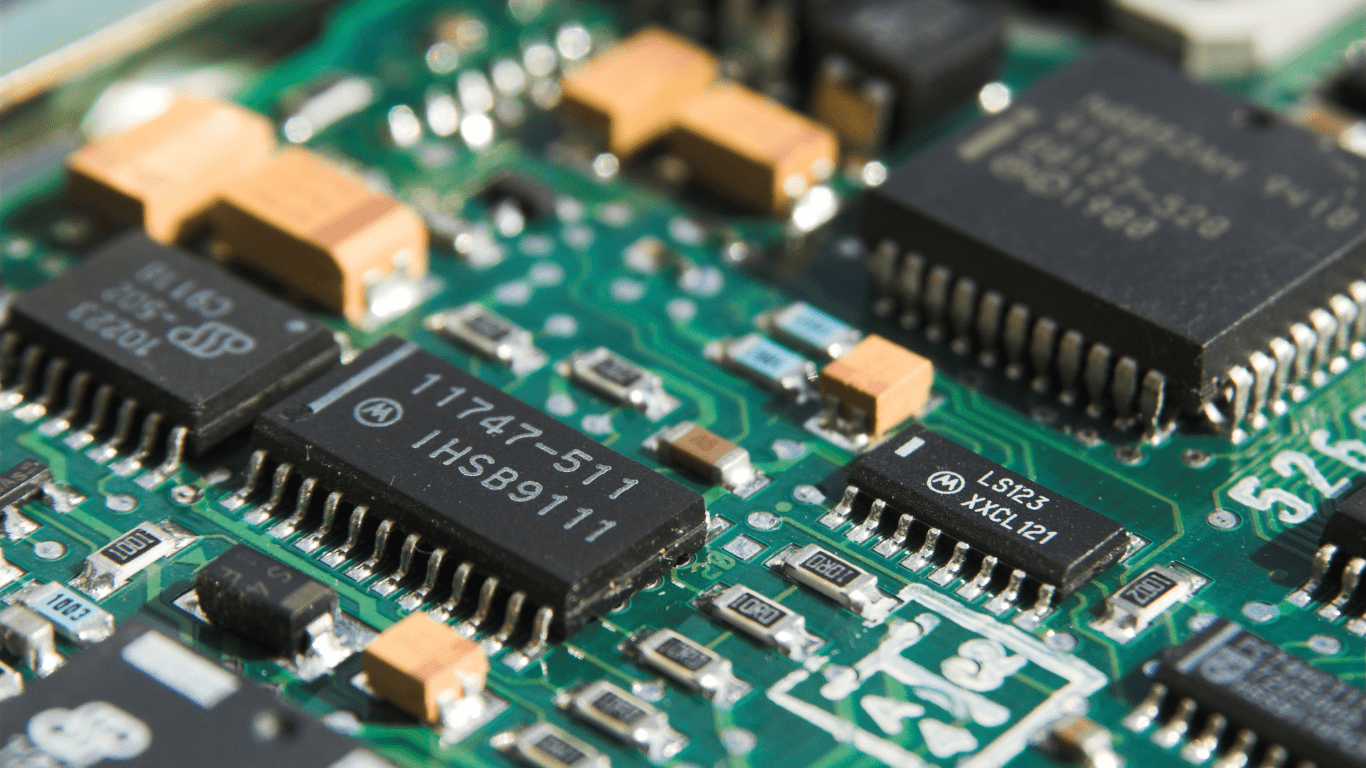Interactive Tech Demos
Incorporating Interactive Tech Demos in educational settings revolutionises learning experiences. It engages students actively, enhancing retention and understanding. With these demos, I witness improved comprehension rates and increased enthusiasm among learners.
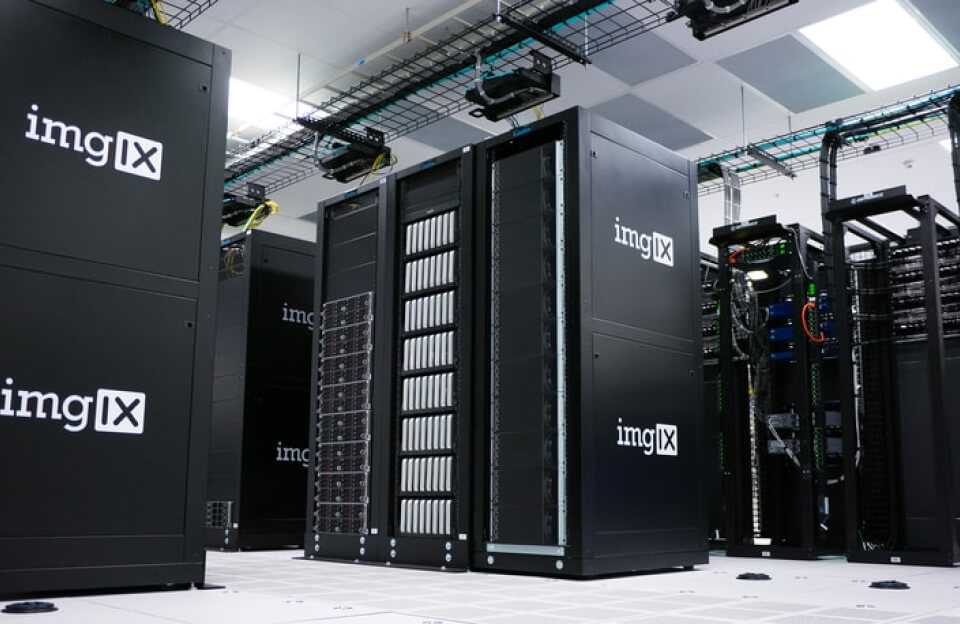
Key Technologies Behind Interactive Tech Demos
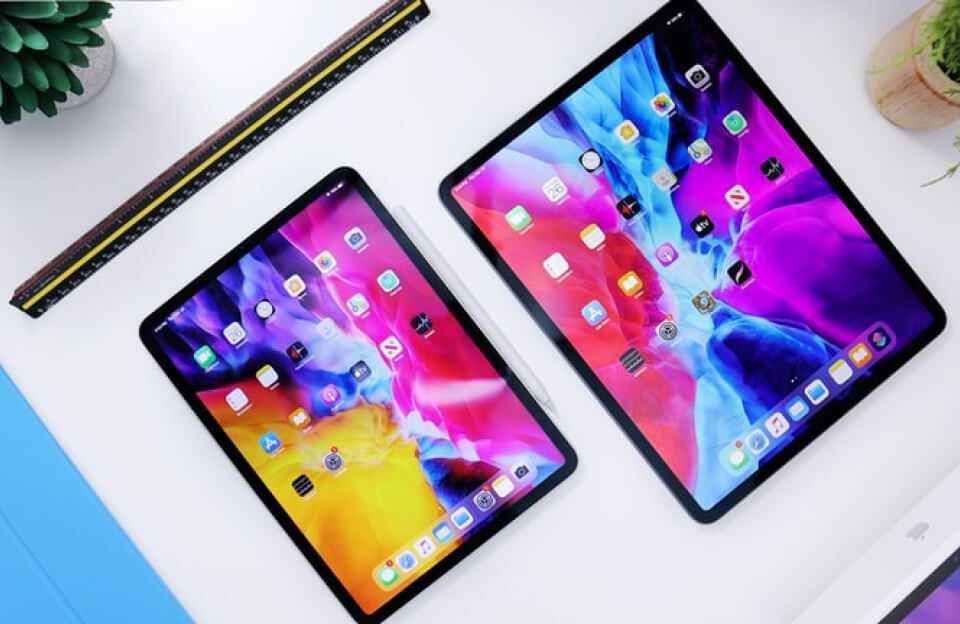
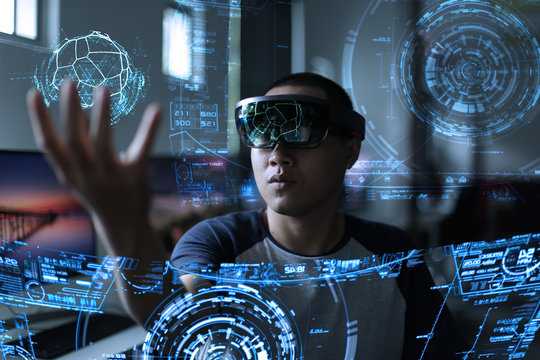
Virtual Reality (VR) and Augmented Reality (AR)
Virtual Reality (VR) and Augmented Reality (AR) are cutting-edge technologies that revolutionize user experiences by immersing them in virtual environments or overlaying digital content onto the real world. VR headsets transport users to simulated environments, while AR integrates digital elements into the physical world through devices like smartphones or smart glasses. These technologies enhance interactivity by enabling users to engage with content in innovative and immersive ways.
Touchscreen Interfaces and Motion Sensors
Touchscreen interfaces and motion sensors are essential components of Interactive Tech Demos, allowing users to interact with devices intuitively and seamlessly. Touchscreens enable direct manipulation of digital content through gestures like tapping, swiping, and pinching. Motion sensors, such as accelerometers and gyroscopes, detect movements and gestures, translating them into actions within the demo. These technologies provide responsive and dynamic interactions, enhancing user engagement and creating captivating experiences.
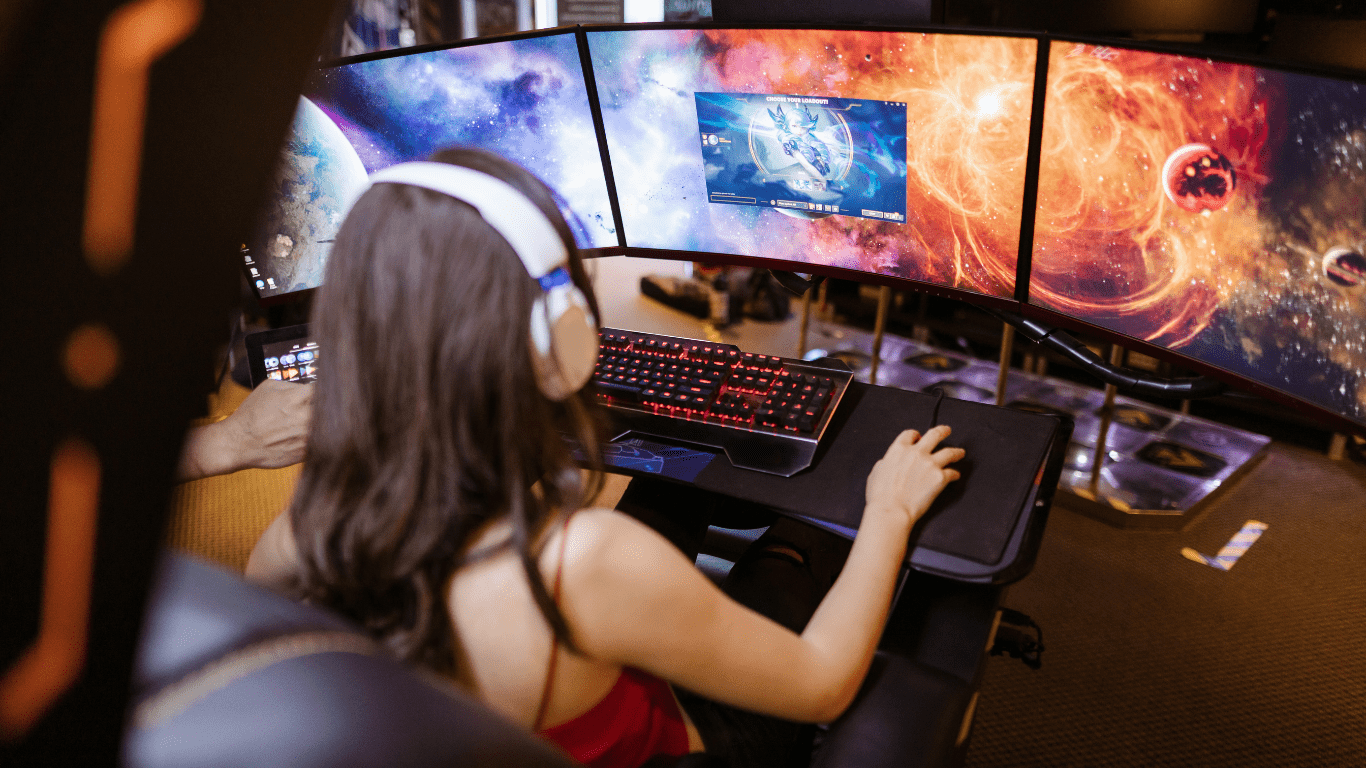
Tech Industry Innovations
In the tech industry, Interactive Tech Demos play a crucial role in showcasing cutting-edge innovations to users. For instance, leading tech companies like Apple and Microsoft utilise AR technology to create interactive experiences for their products. Apple’s ARKit allows developers to build immersive AR applications, enabling users to interact with virtual objects in the real world.

Academic Research and Collaborations
Academic institutions and research centres often collaborate to push the boundaries of Interactive Tech Demos. For example, universities like MIT and Stanford are at the forefront of research in VR technology. Their joint projects aim to develop realistic virtual environments for training simulations and scientific visualisations.

Advances in Business Presentations
Integrating Interactive Tech Demos into business presentations elevates engagement levels with clients and stakeholders. It allows me to showcase products and services dynamically, creating memorable interactions. Through these demos, I see enhanced communication and a better grasp of complex concepts, ultimately driving business growth.
Challenges and Limitations
Technical Issues
When developing Interactive Tech Demos, it’s crucial to address technical challenges to ensure optimal user experience. Ensuring seamless integration of different technologies like VR, AR, touchscreens, and motion sensors can be complex. Compatibility issues between hardware and software components may arise, impacting the overall functionality of the demo.
Accessibility and Inclusivity
Ensuring accessibility and inclusivity in Interactive Tech Demos is paramount to reach a diverse audience. Designing demos with consideration for users with disabilities is critical. Providing alternative means of interaction for individuals with mobility or sensory impairments can enhance the accessibility of the demo.
